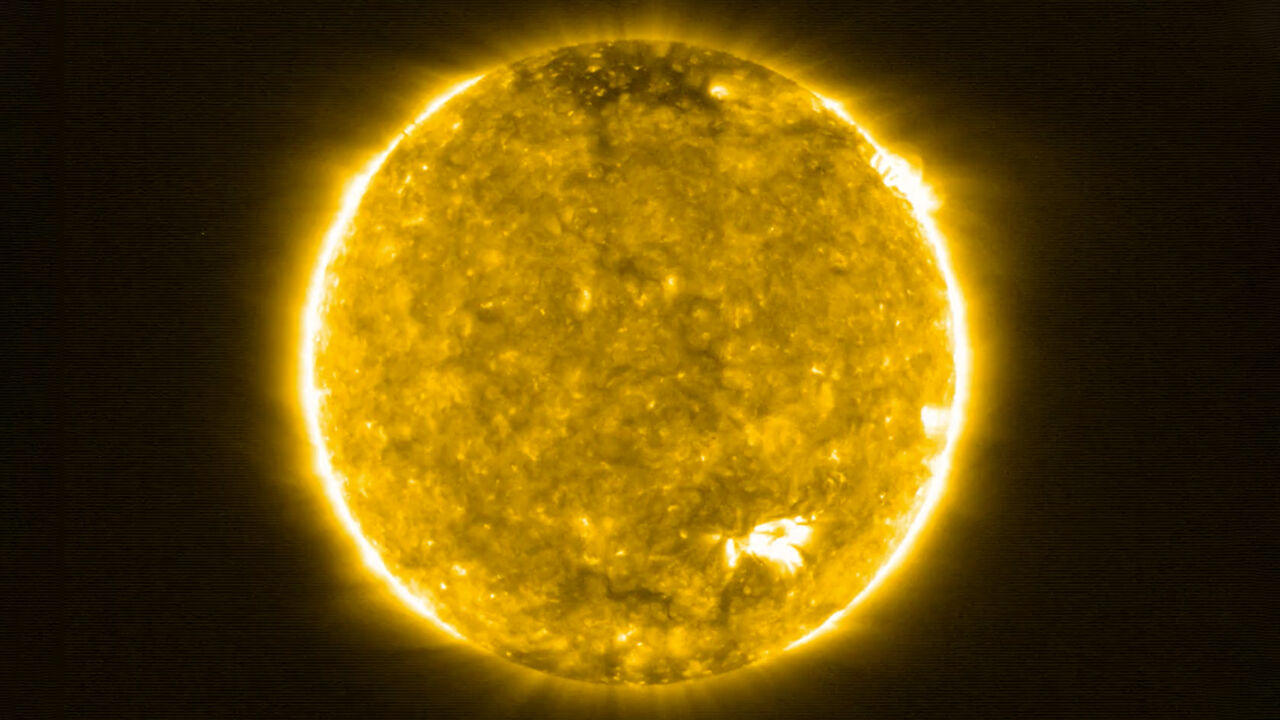A new space mission is helping researchers solve one of the most enduring mysteries of our Sun: why its wispy atmosphere is nearly 200 times hotter than the surface below. An analysis of observations made last year by the European-led Solar Orbiter mission, presented today at the European Geosciences Union (EGU) meeting, suggests tiny flares just above the Sun’s surface, dubbed “campfires,†could be enough to heat the atmosphere to its prodigious temperature. Other research at the meeting supports the long-held suspicion that small flares, not large ones, may do most of the heating.

A new space mission is helping researchers solve one of the most enduring mysteries of our Sun: why its wispy atmosphere is nearly 200 times hotter than the surface below. An analysis of observations made last year by the European-led Solar Orbiter mission, presented today at the European Geosciences Union (EGU) meeting, suggests tiny flares just above the Sun’s surface, dubbed “campfires,” could be enough to heat the atmosphere to its prodigious temperature. Other research at the meeting supports the long-held suspicion that small flares, not large ones, may do most of the heating.
The Sun’s heat comes from nuclear fusion in its core, and temperatures should decline moving outward. However, in the 1930s scientists discovered that the Sun’s atmosphere, or corona, had a temperature of 1 million degrees Celsius, far hotter than the 5500°C temperature of the surface. They’ve puzzled over the mystery ever since. “It’s still one of the major unsolved problems in solar physics,” says Sarah Matthews of University College London.
A prime suspect is the Sun’s turbulent magnetic field. The corona consists of plasma, a gas so hot that atoms fall apart, producing a roiling soup of ions and electrons buffeted by magnetic fields. Solar telescopes can see active regions in the corona where magnetic fields loop up from the surface, channeling superhot plasma up into the atmosphere and back down in arcs visible from Earth. Occasionally, active regions produce flares, eruptions of radiation and high-energy particles that sometimes reach Earth. Researchers think these flares likely erupt when twisted, stress-filled magnetic loops snap and link up with other loops in a lower stress configuration, a process known as magnetic reconnection that releases huge amounts of energy.

